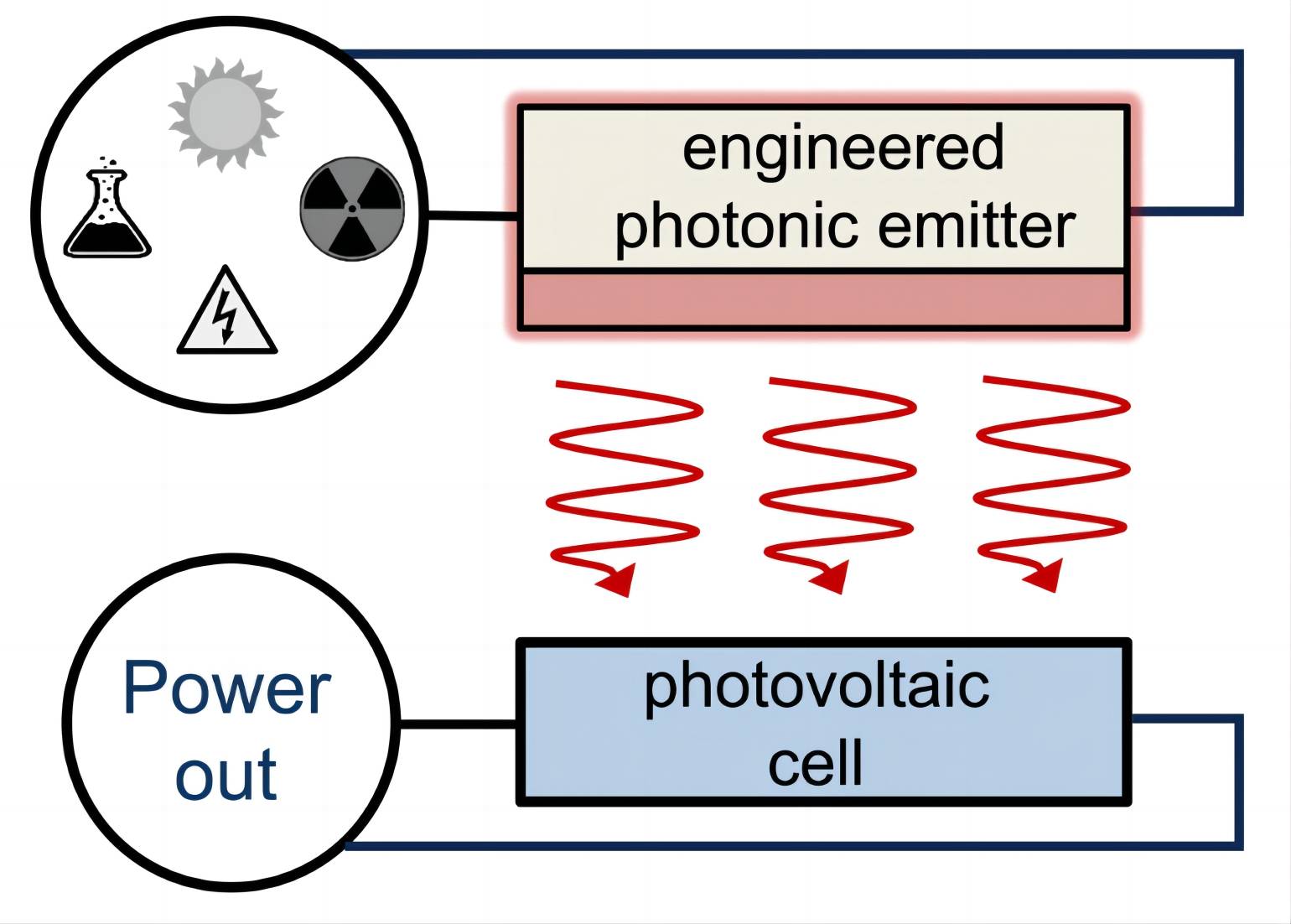A US research group has developed stable emitters for high-temperature applications above 1,800 C, which could improve the efficiency of lab-scale thermophovoltaic systems. The framework showcases the potential to design application-specific metamaterials in high-temperature photonics using optimization and machine learning.

A group of scientists from the University of California and the University of Richmond in the United States has created high-temperature stable emitters that can reach temperatures of over 1,800 C and may reportedly enable “the next generation of record efficiency lab-scale TPV systems.”
“Our finding presents a novel pathway for designing photonic structures that can operate at ultra-high temperatures and could enable,” the researchers said. “All that while simultaneously paving the way for their commercialization due to the reduced complexity of the structures.”
STPV is a power generation technology that utilizes thermal radiation to generate electricity in a photovoltaic cell. An STPV system consists of a thermal emitter that can reach high temperatures, near or beyond 1,000 C, and a photovoltaic diode cell that is able to absorb the photons coming from this heat source.
This technology has raised a strong interest among scientists in the past decades, as it is able to capture sunlight in the entire solar spectrum and has the technical potential to beat the Shockley-Queisser limit of traditional photovoltaics. The efficiencies reported so far, however, are still too low to make it commercially mature, as STPV devices still suffer from a series of optical and thermal losses.
The group combined 2,809 coating/substrate pairs and calculated the ideal photonic emitters. Those emitters have a tailored emission spectrum for TVP purposes, while also maintaining thermal stability in temperatures beyond 1,800 C. It also examined the combination of 53 materials with melting points above 2,000 C.
The scientists calculated then the heat-input-to-power-output efficiency of the combinations of all of those materials as either substrate or emitter coatings. They also marked the combinations with phase equilibria and low thermal expansion mismatches.
“Phase equilibria define whether the combined solid materials can co-exist until melting without forming a solid solution or an intermediate compound,” the academics explained in the paper.
Thermal expansion mismatches refer to the differences in how materials expand or contract when exposed to temperature changes.